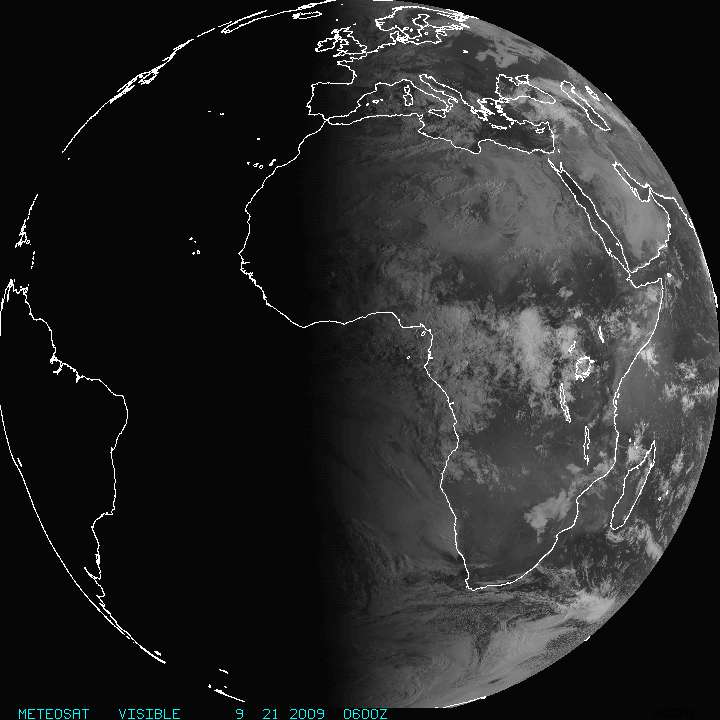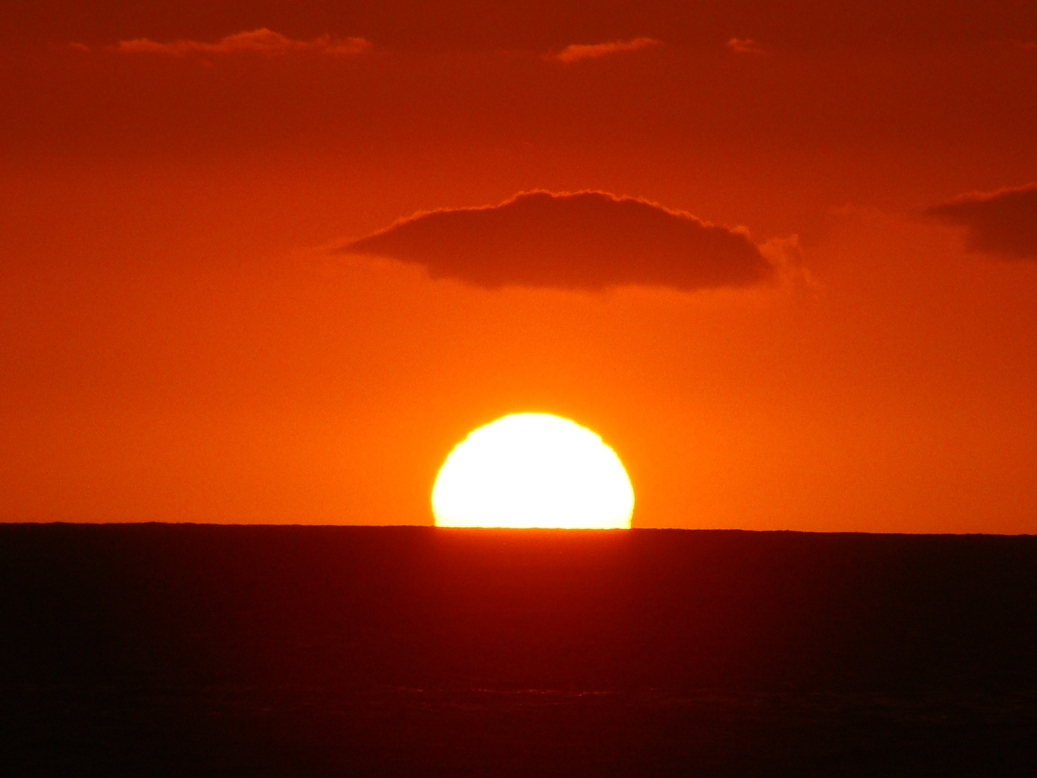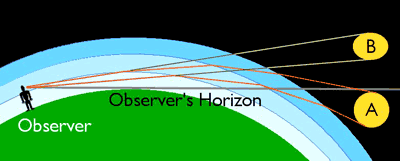We have all come to accept that the bi-annual occurrence of the equinoxes signifies the day when every location on Earth experiences exactly 12 hours of day and 12 hours of night. We examine why this ubiquitous belief really isn’t correct and explain why today is our “true” date with equal amounts of day and night.
The word “equinox” is derived from the Latin word “equinoxium”, which roughly translates to “equality of night”. From an astrophysical standpoint, the equinoxes occur when the sun lines up directly with the Equator and the “ecliptic plane”, such that the axis of rotation has no component towards or away from the sun, as depicted in the diagram below. At every other point in the year, the earth’s axis either points away from or towards the sun, creating the seasonal cycle we all know and love.
Below shows a full-Earth visible satellite image from the September equinox in 2009. Notice how the terminator (the line delineating day from night) is entirely vertical. Normally it is slanted.

Visible satellite image of Earth from the 2009 fall equinox showing the delineation between night and day
This year, the sun lined up with the Equator on September 22nd, and as such, it was the fall equinox. Going off what we expect, this date should have precisely 12 hours of daylight (and therefore, 12 hours of night). However, based on the table below showing daylight hours for Denver this year, this wasn’t the case. In fact, the equinox had 20 full minutes more day than night (12 hr 10 min vs. 11 hr 50 min).

Table showing Denver’s sunrise and sunset times, as well as daylight hours, for the last week. September 22nd was the official equinox. However, you can see that today (September 26) actually has the amount of daylight closest to 12 hours (with 11 hr, 59 min)
The reason for this is two fold..
(1) Atmospheric refraction (80% of the cause): This is the main reason for the four day discrepancy between the actual equinox and the date on which day and night are most equal. Due to density gradients in the Earth’s atmosphere, light bends ever-so-slightly when it passes through (which is called refraction). This is because light travels a tiny bit slower through the denser air closer to the ground. This concept is similar to the way things appear “offset” when gazing at them through water or glass.
When the sun is low on the horizon, the sunlight passes through a very large portion of the atmosphere. This enhances this bending effect, which actually allows you to see the sun after it is technically below the horizon (behind the Earth). Which is pretty cool when you really think about it!
The net effect of the refraction is for the sun to rise a few minutes earlier and to set a few minutes later than it would if the atmosphere didn’t exist.
(2) Size of the sun (20% of the cause): The equinox date is also based on the exact center of the sun lining up with the center of the Earth along the ecliptic plane. However, this doesn’t really work since the sun is so massive. In fact, more than one million Earths could fit inside the sun! Because of the sun’s huge size, when the center of the sun dips below the visible horizon (as seen below), it takes around one additional minute for the remainder of the sun to disappear beneath the horizon (calculation: 1440 minutes per day * 0.26 degrees of angle subtended by half the sun’s diameter / 360 degrees in a full day of sun movement = 1 minute).

The sun setting on the ocean horizon. After this point, it takes a full minute for the rest of the sun to dip below the horizon.
This effect accounts for about two extra minutes of sunlight per day (one at sunrise, one at sunset).
Other negligible effects: There are two other effects that contribute to the discrepancy in a tiny (and insignificant way). One is called gravitational lensing. Most simply, this is the bending of light by Earth’s gravitational field. Near black holes which are almost unimaginably dense, this effect is huge. However, around Earth, this effect is essentially non-existent. Based on a simple calculation using this equation, this effect adds about 1/100th of a second of daylight each calendar day.

Diagram conceptually showing the sun as a gravitational lens, bending light from a distant star on it’s way to the observer, which in this case, is a space-borne instrument of sorts
Finally, though we often consider the equinox to last an entire day, in reality, the Earth’s axis is only orthogonal to the sun for an INSTANT. This creates even more misplaced daylight, especially when that exact moment falls further from local noon. This year, the equinox instant fell at 7:21AM Local Solar Time for Denver, nearly five hours from the ideal time. It’s hard to estimate how this impacted daylight times, so we won’t speculate. It is likely small, but probably bigger than gravitational lensing.
In summary….
- The official fall equinox is only the date when the brief moment Earth’s axis is at a right angle to the sun occurs…and nothing more
- While day and night are both approximately 12 hours each on this date, it is very unlikely to be exactly even due to atmospheric refraction, gravitational lensing, the sun’s massive size, and other factors.
- The date where any given location is closest to the perfect 12-12 split will vary with latitude. For example, in Miami that date is tomorrow, but in Anchorage, it was this past Saturday.
We’re loosing daylight at a rate of two and a half minutes per day at this point. Enjoy what we have left while you can!










You must be logged in to post a comment.